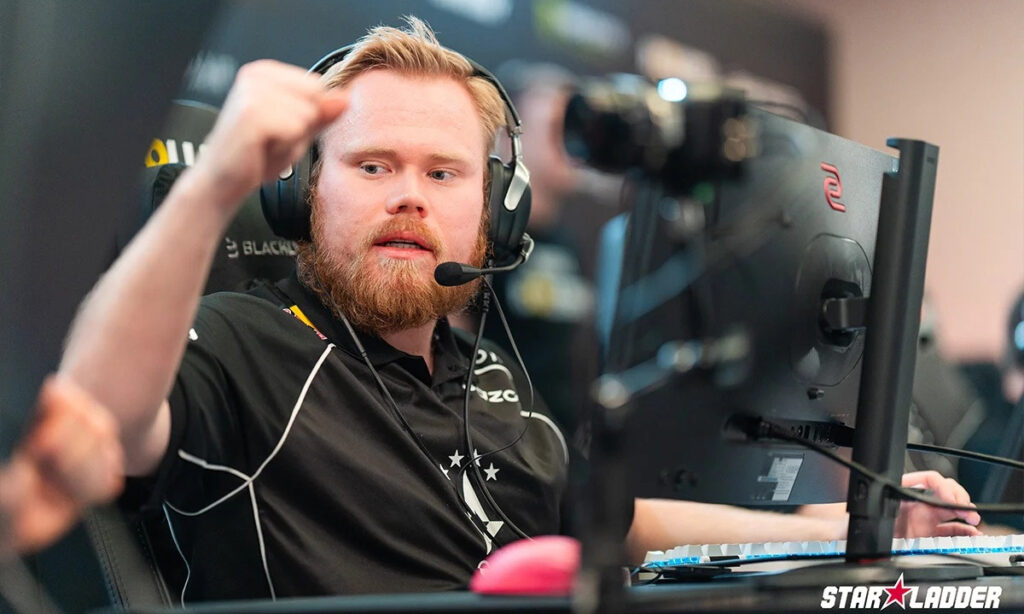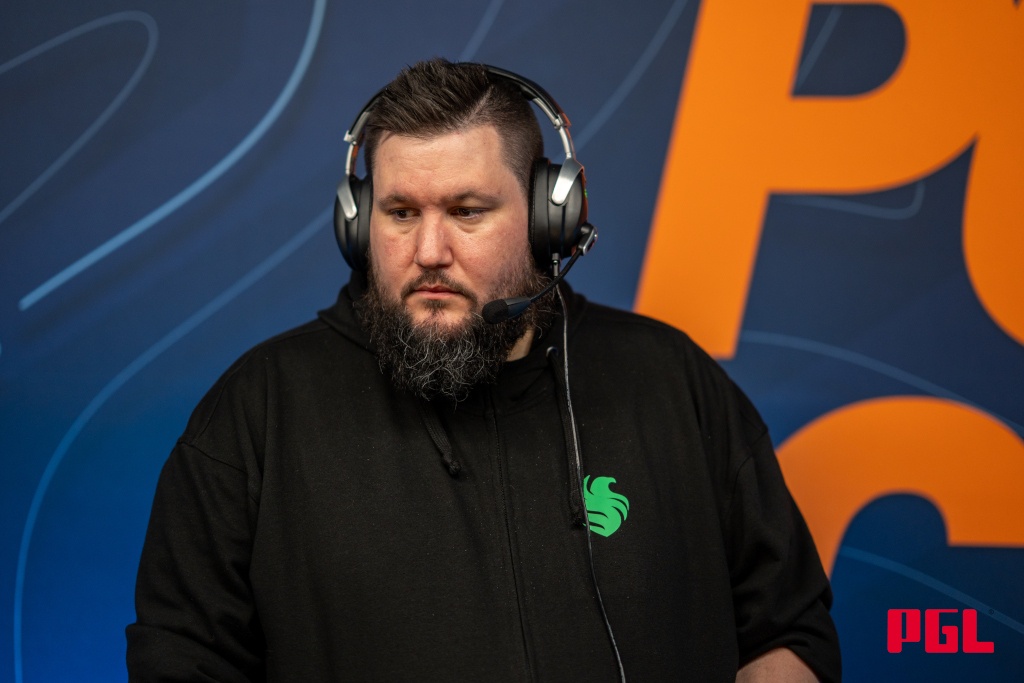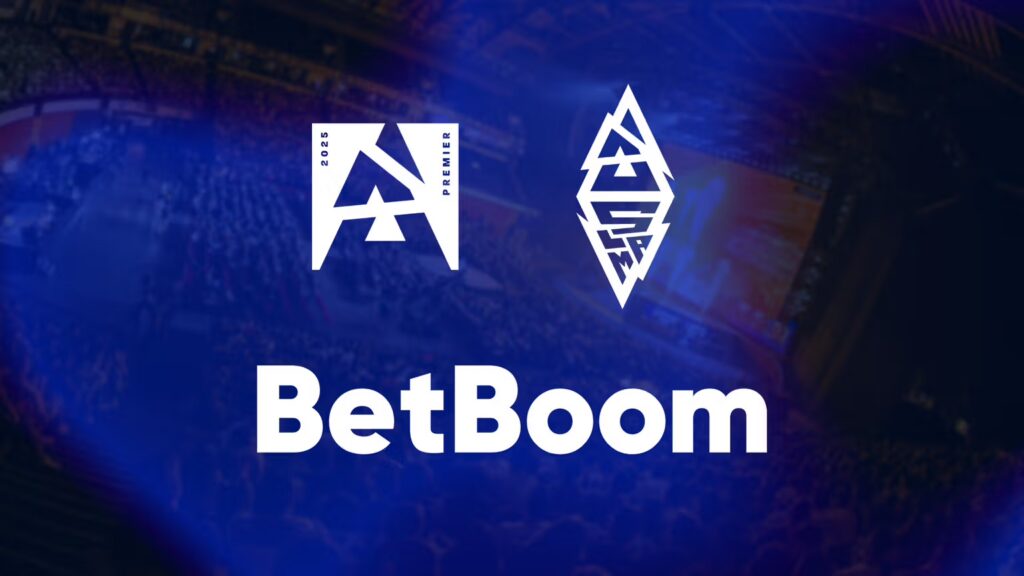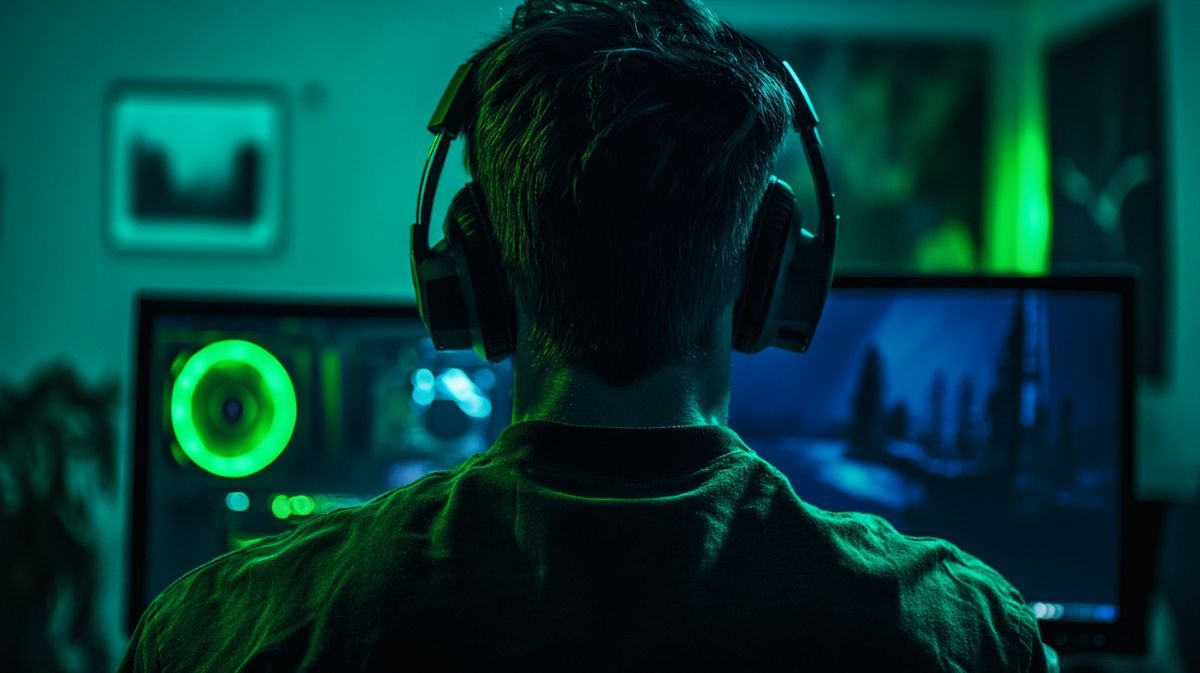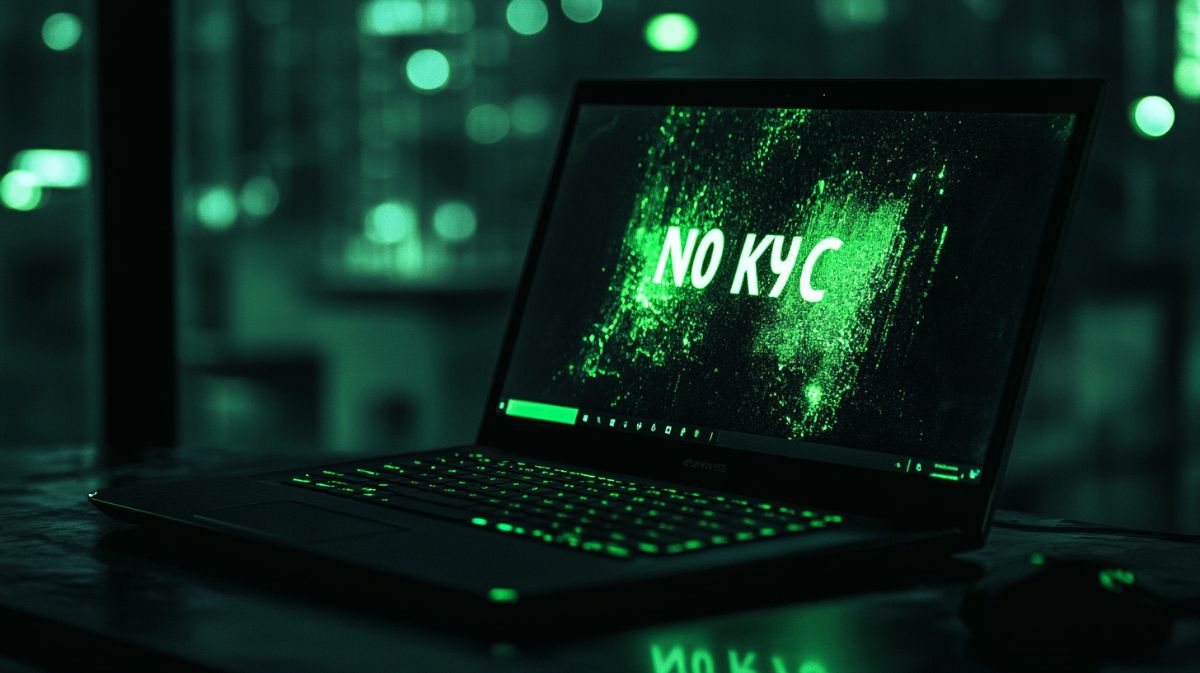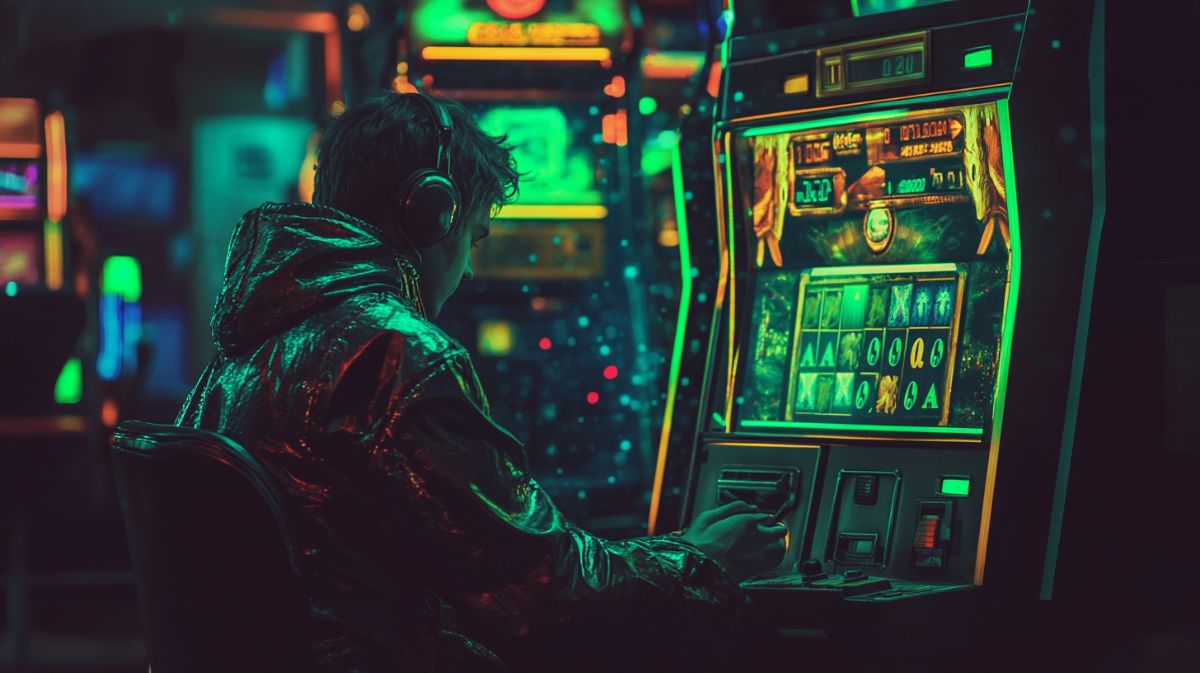How to Use Nvidia Reflex for Counter-Strike 2
Ever since Counter-Strike 2 was released in September, players have been working to adjust their settings to get the best results. CS2 is a higher spec game and is slightly more demanding on PC hardware than its predecessor. That’s where NVIDIA Reflex comes in. We got the chance to talk with Guillermo Siman, Senior Product Manager at NVIDIA about his insights into NVIDIA Reflex, G-SYNC and its influence on Counter Strike 2.
Guillermo recently graduated with his master’s degree from MIT and began work for NVIDIA in August 2023. His role as a product manager for esports technology involves enhancing the competitive gamer experience. CS2 was his very first go to market project but it’s certainly not his first time in the world of Counter-Strike.

NVIDIA Esports Product Line Up
When it comes to designing a product for esports players, the team at NVIDIA had their work cut out for them.
“There’s a few components to enhancing the competitive gaming experience. First, there’s obviously our RTX graphics cards. But then, there’s a whole suite of technology underneath these that are tailored for competitive gamers. Examples of that include NVIDIA Reflex, GSYNC, Ultra Low Motion Blur and others, which are particularly effective for esports titles.”
One of the most unique parts of the development is the relationship NVIDIA has built with Valve over the last few years.
“We’ve worked very closely with Valve to implement Reflex natively, and ensure that our drivers are as optimized as possible for CS2, since the limited test in February/March. Our GPUs are performing phenomenally at their target resolutions, especially 40-series.”
The relationship involves a lot of collaboration and communication to ensure that Reflex does what it’s designed to do. Through this, NVIDIA have had significant success and seen games reduce latency by up to 70% on Reflex.
How to Use NVIDIA Reflex for Counter-Strike 2
If you have the best CS2 NVIDIA settings set up already, we’d still recommend ensuring NVIDIA Reflex is enabled. Even small reductions in latency are a big help.
“Our research dates back to our Frames Win Games campaign. We have an entire team that is dedicated to eSports research to understand competitive gamer’s pain points—this includes studies about how system latency impacts in-game performance.”
To maximize your hardware’s performance with NVIDIA Reflex, you don’t even need to download any additional software. You can turn it on in Counter-Strike 2 by simply following these steps:
- Open the game
- Go to ‘Settings’
- Navigate to ‘Video’
- Navigate to ‘Advanced Video’
- Set ‘NVIDIA Reflex Low Latency’ to “Enabled”
Read next: How to Use NVIDIA GeForce on Chromebook
How NVIDIA Reflex Works
NVIDIA Reflex is a technology designed to mitigate local system latency. Latency is essentially the time it takes for an input to register and then that input appearing on your screen.
For instance, your mouse might add latency. There are some mice that add 20 milliseconds latency and some only add one millisecond. Your input has to be processed by the game, and then it has to be rendered by the GPU.
To use Guillermo’s metaphor, imagine that you’re watching a duo of artists that they’re working on video game art. One is a sketcher. This is a CPU. The other is a painter. This is the GPU. Once the CPU sketches a frame, the GPU must generate it.
Sometimes the CPU is working much faster than the GPU. This can create a stack of sketches waiting to be painted. This is called the render queue. In the game world, if the process is too slow, you might be seeing something that happened a while ago.
To fix this, the painter suggests a new approach and instead of working from a pile, they make each frame together. So NVIDIA Reflex synchronizes the CPU and the GPU, and gets rid of the render queue to significantly reduce the latency.




